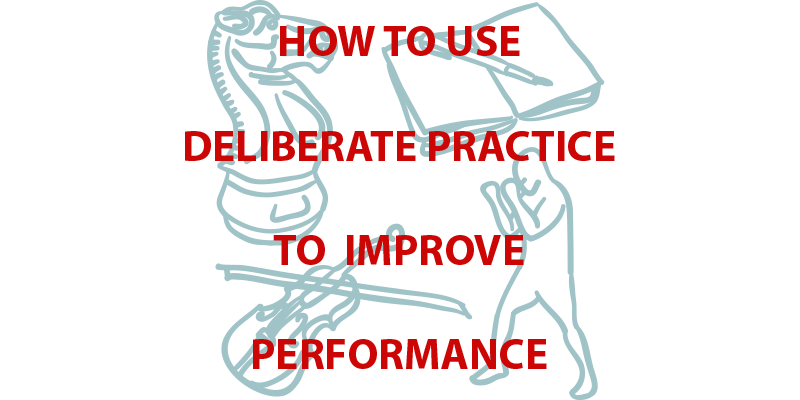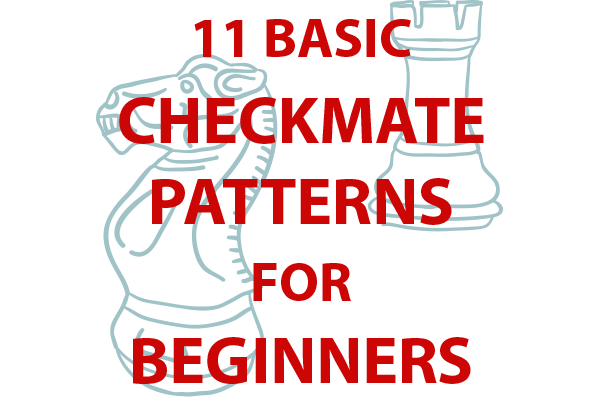


In the words of one of the greatest basketball players ever, “We’re Talking ‘Bout Practice!” While some immortals can make it to the Hall of Fame with a nonchalant attitude about practice, most of us have to be more intentional about our skill improvement. That is, we have to practice! This post will discuss the steps of how to use Deliberate Practice to improve your performance. Those steps are focus on the quality of your practice, use a mentor and incorporate imagery. Let’s get it!
Practicing a skill deliberately is a three step process. First, you must break that skill down to the smaller skills. Then, in practicing those smaller skills, you identify weaknesses in their performance. Finally, to move forward on the road of mastery, you must focus on improving the weaknesses that you have identified.
Much has been made about acquiring 10,000 hours to master a skill. While doing a lot of repetitions can engrain a movement or thought pattern until it is second nature, thoughtless repetition will only yield static progress. The human brain is designed to automate tasks. To insure progress, you have to be deliberate about the quality of your practice. That is, you must focus on improving your weaknesses.
Mentors are important because they can help you deepen your domain knowledge and provide objective expert feedback. Mentors can also help you identify weaknesses, create exercises to focus on weakness improvement and create systems to measure and track your progress. If you’re interested in factors to consider when choosing a mentor read The Top 4 Things to Consider to Find the Perfect Mentor.
Imagery is a great way to facilitate your skill development. There have been numerous studies to support the effectiveness of Imagery Practice. In one study, a group of 144 basketball players were separated into two groups for a two week long experiment. One group performed actually physical practice of one-handed free throw shots, while the other group used only imagery practice. The studied found that the experienced and intermediate players from the two groups had improved nearly the same amount during the experiment. The best part about imagery practice is that you can do it while your body is resting. Thus, it gives you the ability to increase your repetitions while recovering.
It is important to note that deliberate practice isn’t really fun. It feels like work because the process of progress… Is Work! The human brain is designed to insure your survival and will settle for an ok plateau. It is not designed to optimize for progression. In wishing to progress, you must force your brain out of its default mode. To improve, you must live on the edge. All the gains are outside your comfort zone and you will fail often. Picking yourself up from these little defeats is part of the process and will lead to bigger victories in the end. To get more tips on achieving goals read 7 Steps to Help You Achieve Your Goals.
 A checkmate pattern is a specific identifiable positioning of pieces...
A checkmate pattern is a specific identifiable positioning of pieces...
 Chess is a game with many approaches to improve. Some...
Chess is a game with many approaches to improve. Some...